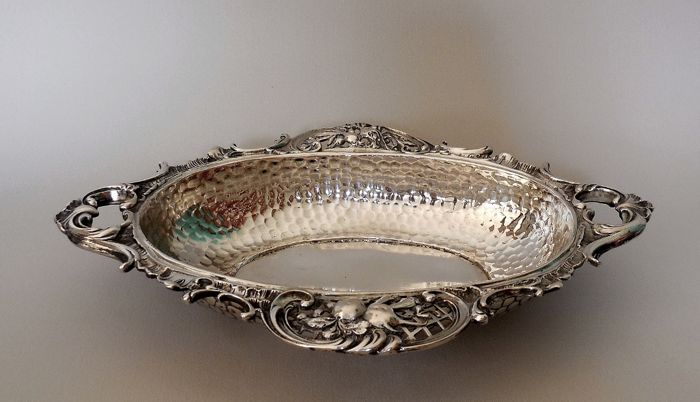Is it a type of silver? Is it a better choice than real silver? Does its origin lie in Germany? Too many questions are in your mind. Right? Those who have heard about it must be well aware of its pros and cons. But for those who are not aware of the term, this article is for you.
Here you’ll find something new to uncover. German silver has become the hottest trend, and people are demanding items made from such alloyed metal. So, the important question that arises here is: what exactly is it? What do you need to know about it?
Let’s take an overview to shed light on our topic today…

A complete guide on German silver and its uses
German silver, also known as nickel silver and alpaca. It is a silver-white alloy made of 60% copper, 20% zinc, and 20% nickel. Despite its name, there’s no composition of silver precious metal. It is called silver due to its color and shiny appearance, which resembles that of silver.
What are the uses of german silver?
Alpaca is a durable and corrosion-resistant metal that has been used for various purposes, including in the manufacture of silverware, musical instruments, and most important jewelry. It is also commonly used in the production of mechanical and electrical components due to its excellent conductivity and strength. In addition, german are marked with crown and crescent with 800 marking.
If talking about its uses in jewelry-making, women usually love to keep collection of necklace, earrings, pendants, bracelets, rings, so on due to its affordability. To make it more tempting, such jewelries are also carved and embedded with precious and semi precious gemstones.
Nickel silver is widely available and relatively inexpensive compared to other metals. However, it can tarnish over time, and its nickel content can cause allergic reactions in some people.
History of German silver
The history of nickel silver dates back to the 18th century, when it was first developed in Germany by a metalworker named E.A. Geitner. Geitner discovered that by adding nickel to copper and zinc, he could create a metal alloy that resembled silver in appearance but was much more durable and affordable.
It was used to produce a wide range of objects, including tableware, jewelry, and coins. The metal also found use in the production of musical instruments such as horns and bells, due to its corrosion-resistant quality.
By the mid-19th century, alpaca had become widely used in industrial manufacturing. Its excellent electrical conductivity and resistance to corrosion made it an ideal material for electrical wiring, switches, and other components. It was also used in the production of machinery parts, due to its strength and durability.
Today, German silver is still used in a variety of applications, including the production of coins, medals, flatware, cutlery, and decorative objects. Its affordability, strength, and versatility continue to make it a popular choice for many industries.
How to identify german silver?
You can get in touch with us for a free silver appraisal, in which our expert appraiser can make it easier for you to identify whether your flatware or jewelry is pure silver, sterling silver, or alpaca. Contact us now!







